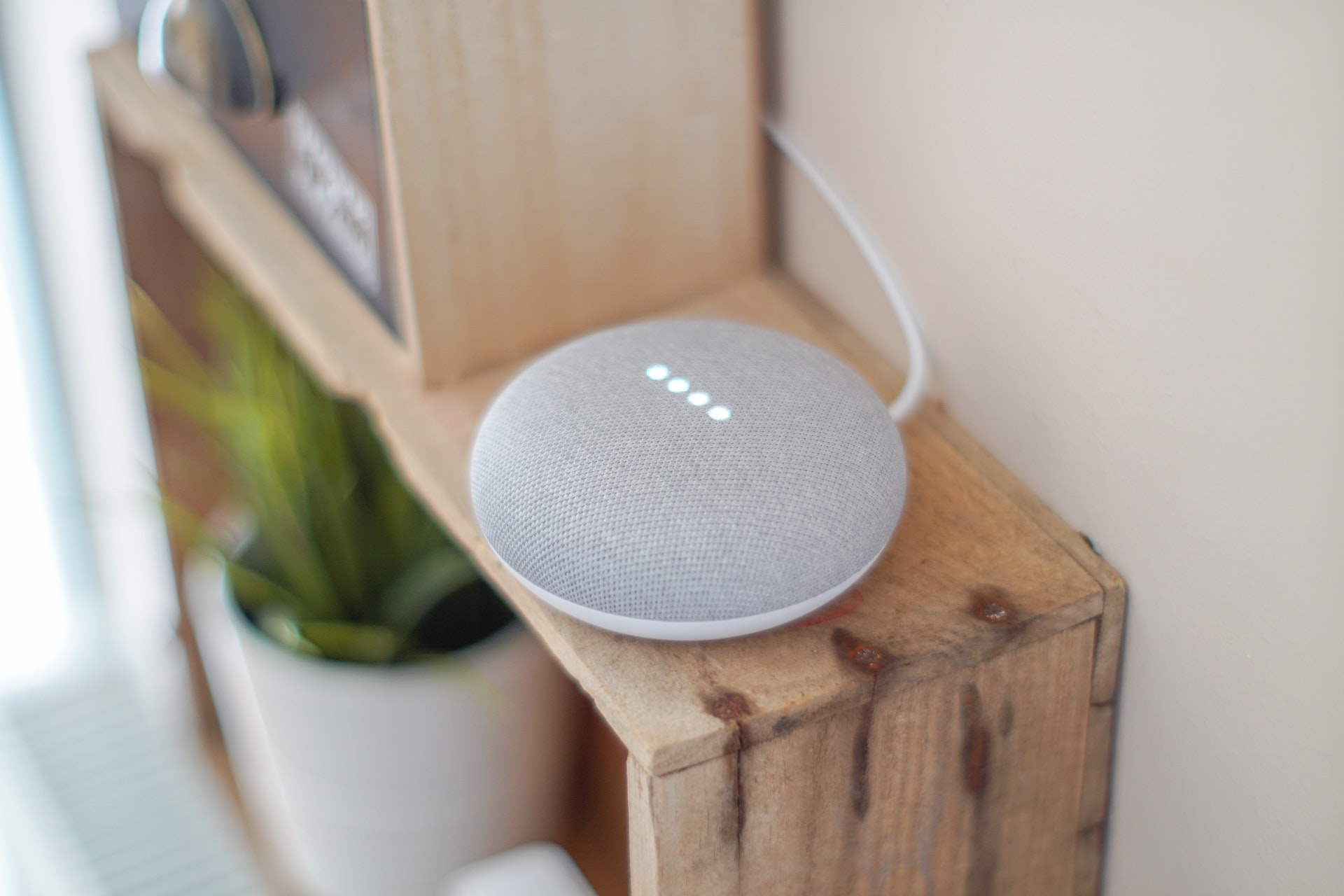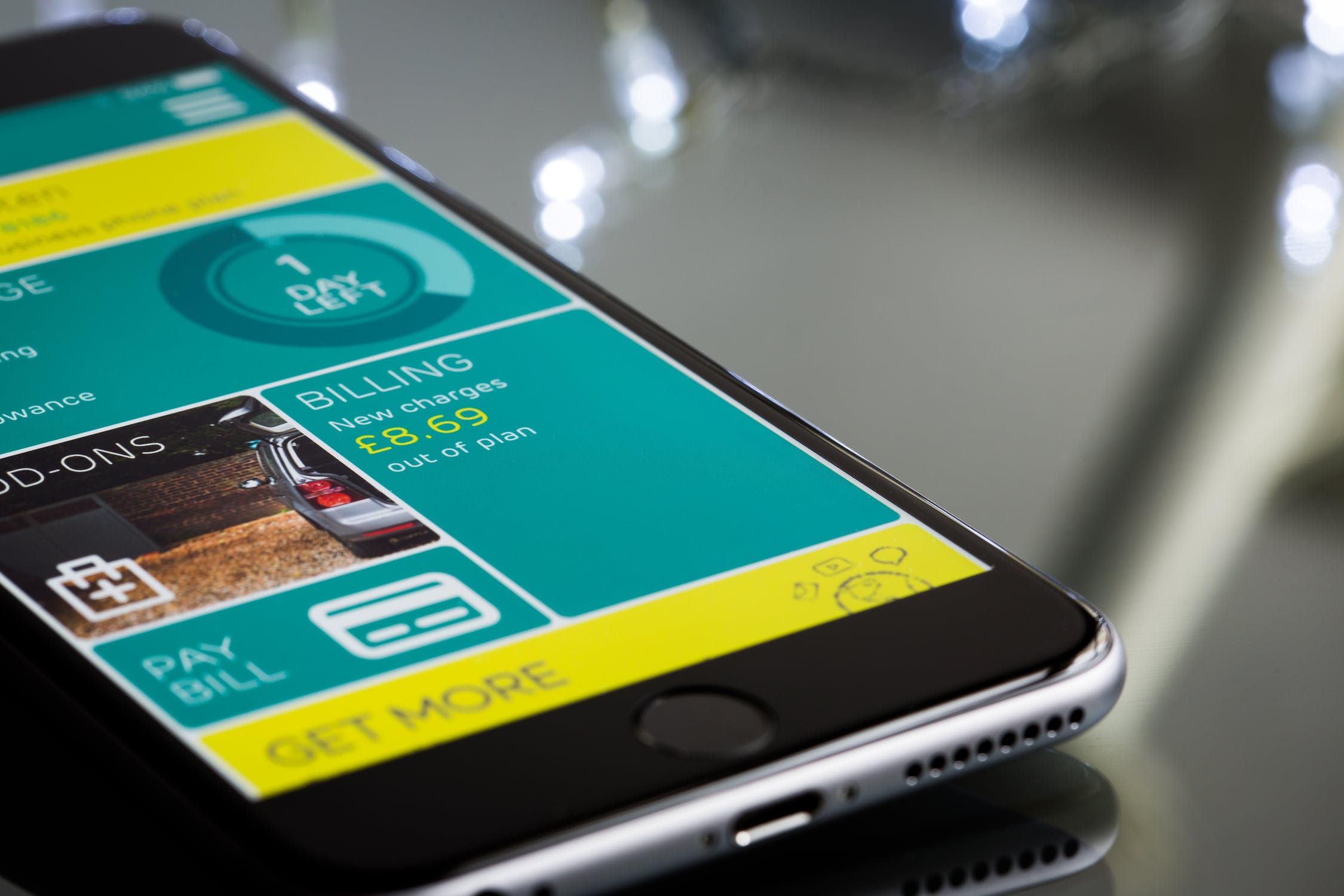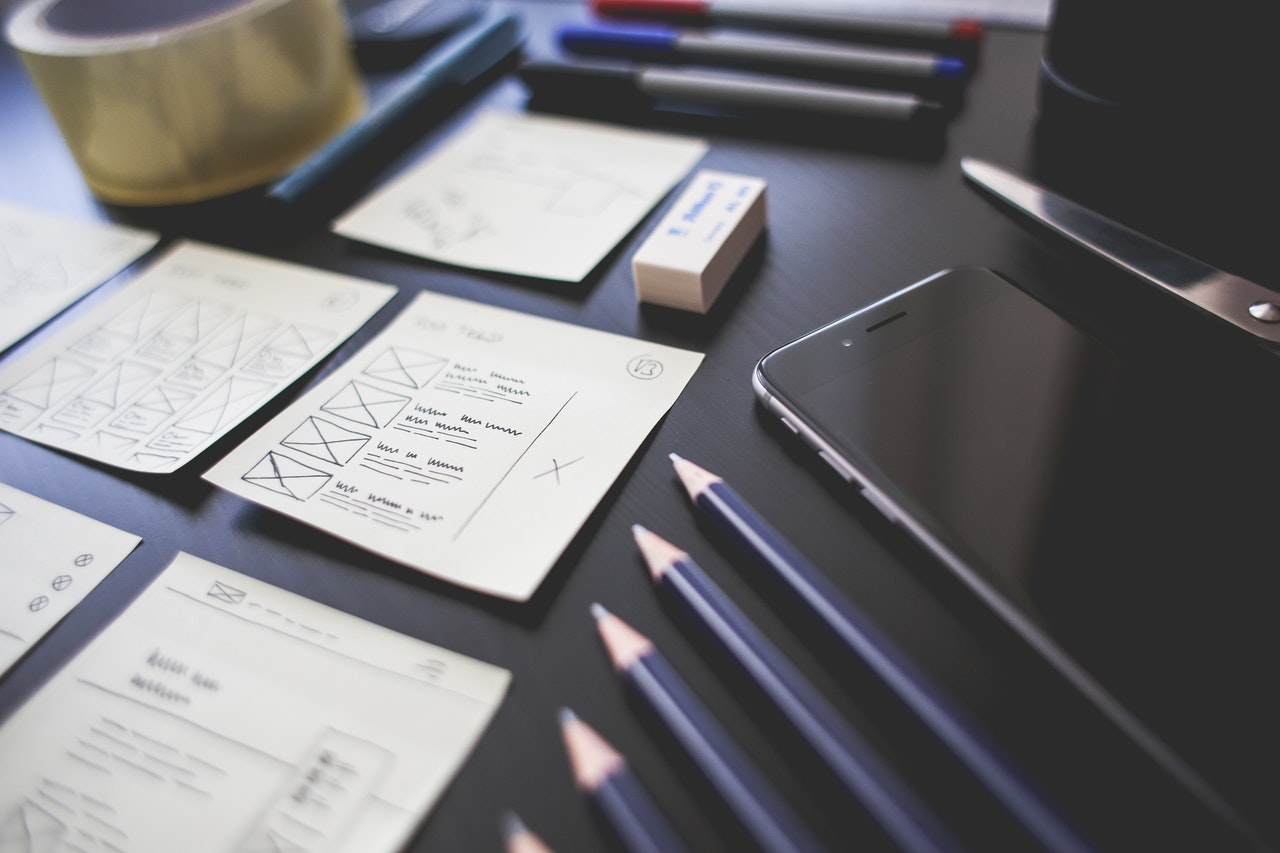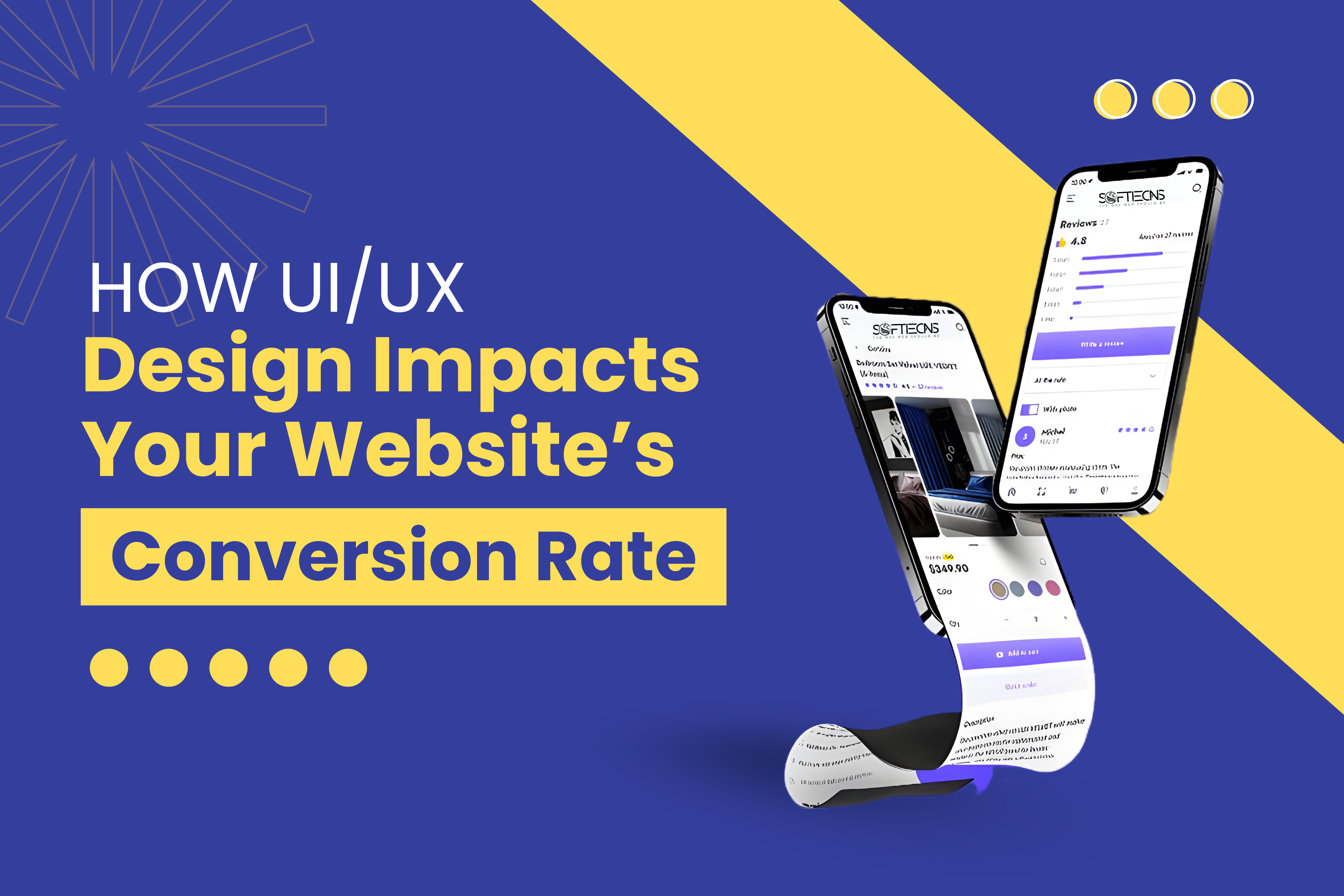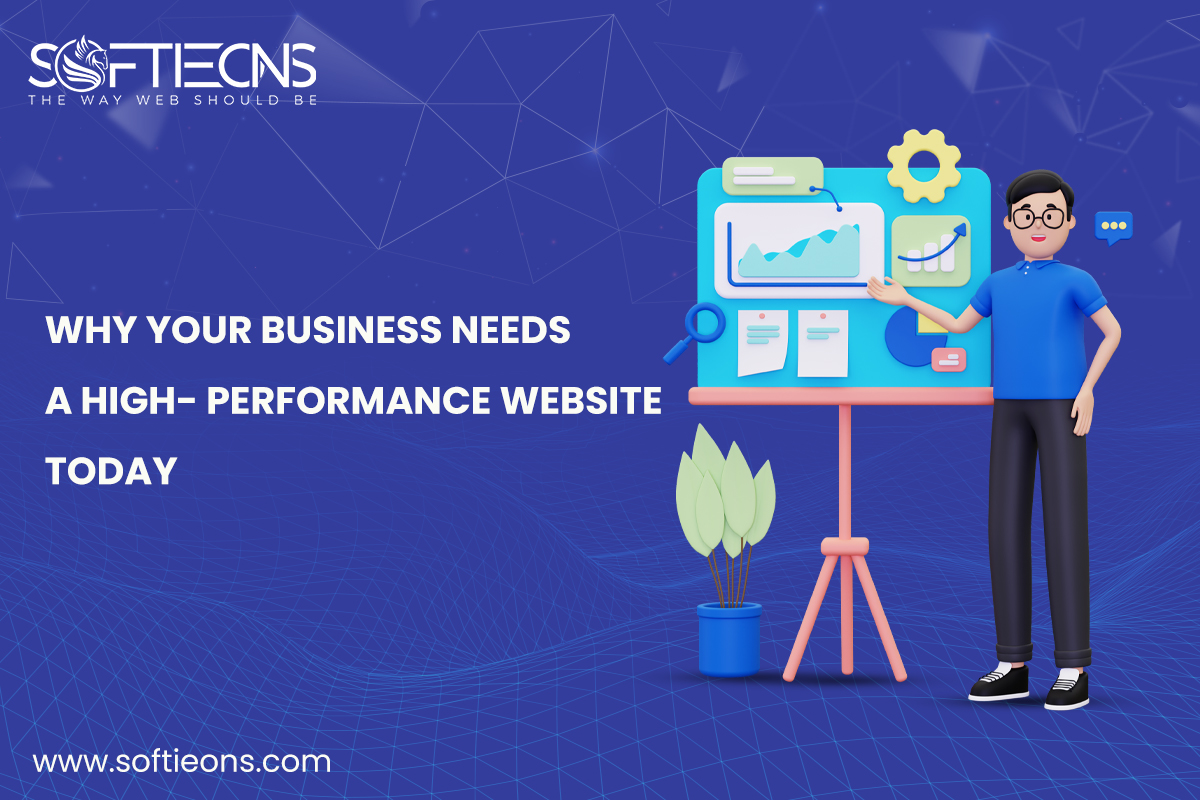Why SAAS Is The Future Of Product Design
Wed, 08 May 2024
In the trendy digital panorama, software-as-a-service (SAAS) is transforming the way product layout is approached. Traditional techniques are being replaced by SAAS solutions that offer numerous blessings and advantages. This article delves into the rise of SAAS in product layout, highlighting its blessings: advanced collaboration and integration skills, a more desirable personal experience, price and financial savings, and scalability. Moreover, it examines the position of information-pushed choice-making and explores the demanding situations and implementation techniques related to integrating SAAS into product design workflows. Ultimately, this text sheds light on why SAAS is taken into consideration as the future of product design.
Introduction: Exploring the Rise of SAAS in Product Design
The Evolution of Product Design within the Digital Era
In the past, product layouts used to involve stacks of paper, hand-drawn sketches, and limitless iterations. However, with the advent of the digital generation, the landscape of product design has transformed dramatically. Designers now have powerful equipment at their disposal, permitting them to create lovely visuals and interactive reports.
The Emergence of SAAS in Product Design
As technology continues to strengthen, we're witnessing the upward thrust of Software as a Service (SAAS) within the discipline of product design. SAAS has become a game-changer, revolutionizing the way designers paint and collaborate. Gone are the days of cumbersome software program installations and steeply-priced licenses. SAAS offers a cloud-based answer, permitting designers to get admission to powerful design gear and sources everywhere, anywhere.
Advantages of SAAS in Product Design
Streamlined Design Processes and Workflow
One of the most important blessings of SAAS in product layout is the streamlining of layout processes and workflow. With SAAS tools, designers can seamlessly collaborate, iterate, and percentage their paintings with crew members in real time. This no longer only saves time, but it also ensures that everyone is on the same page, resulting in smoother and more efficient layout iterations.
Increased Accessibility and Remote Collaboration
Gone are the days when designers had to be physically present in the same place to collaborate on an undertaking. SAAS permits designers to work remotely and collaborate seamlessly with team members from different components of the arena. This improved accessibility and remote collaboration open up new possibilities for numerous global design teams.
Seamless Integration and Interoperability
SAAS platforms are designed to integrate with other equipment and systems, making it less complicated for designers to work across exclusive software programs and devices. This seamless integration and interoperability enable designers to leverage the strengths of a couple of gears, creating an extra comprehensive and effective layout workflow.
Improved Collaboration and Cross-Functional SAAS Integration
Breaking Down Silos: Collaboration Across Teams
SAAS answers promote collaboration across groups by breaking down silos and fostering cross-functional integration. Designers can now effortlessly collaborate with builders, marketers, and different stakeholders, making sure that everybody's insights and knowledge are considered at some point in the design system. This collaborative technique results in more informed and nicely rounded design choices.
Bridging the Gap: Collaboration Between Designers and Developers
Traditionally, there was a gap between designers and builders due to miscommunication and inefficient improvement techniques. SAAS equipment bridges this hole by offering a not-unusual platform for designers and builders to collaborate. This enables designers to create designs that are technically viable and builders to construct merchandise that aligns with the intended design, resulting in a more cohesive and polished end product.
Enhanced User Experience and Customization Capabilities
Personalization and User-Centric Design
SAAS empowers designers to create personalized and person-centric designs. With access to information analytics and consumer remarks, designers could make data-driven decisions and tailor their designs to satisfy the unique desires and options of their audience. This emphasis on personalized stories ultimately results in improved personal delight and engagement.
Iterative Design and Rapid Prototyping
SAAS gear enables designers to quickly iterate and prototype their designs, bearing in mind fast comments and validation. This iterative design procedure facilitates experimentation and permits designers to refine their thoughts primarily based on real-time user insights. By lowering the time between layout iterations, SAAS enables designers to create extra-subtle and user-pleasant merchandise.
Cost Savings and Scalability with SAAS in Product Design
Lower Infrastructure Costs and Maintenance
When it comes to standard product design, putting in place and preserving the required infrastructure can be a daunting project. However, with SAAS (software as a service), the game changes. SAAS gets rid of the need for organizations to invest in highly-priced hardware and software, decreasing their infrastructure prices significantly. Instead, corporations can access all of the essential tools and resources via the cloud, allowing them to focus on what they do first: designing notable merchandise.
Furthermore, SAAS companies handle the renovation and updates of their software, disposing of the need for in-house IT groups to continuously troubleshoot issues or deploy updates. This not only saves organizations valuable time but also cuts down on renovation costs.
Scalability and Flexibility for Growing Businesses
One of the best benefits of SAAS in product layout is its scalability and flexibility. As agencies develop, their software programs need to deal with the growing demands. SAAS provides a solution by imparting flexible subscription models that may be effortlessly adjusted to fit the organization's evolving desires. Whether you are a small startup or a longtime company, SAAS can scale up or down for that reason, ensuring you pay the simplest price for what you use.
Additionally, SAAS permits product layout groups to collaborate seamlessly across distinctive places. With cloud-based solutions, designers can work on the same venture concurrently, getting access to it from everywhere with an internet connection. This flexibility enhances productivity and opens up possibilities for companies to tap into expertise from around the world.
Data-Driven Decision Making and Continuous SAAS Improvement
Leveraging Analytics for Informed Design Decisions
Gone are the days of depending totally on intuition and guesswork in product design. It brings the energy of facts and analytics to the table, enabling designers to make informed choices. By monitoring consumer behavior, engagement metrics, and different key overall performance signs, product layout teams can gain valuable insights into how their designs appear. This information-driven method ensures that design decisions are based totally on the actual person's wishes, leading to additional success consequences.
Iterative Design based on User Feedback and Metrics
SAAS allows for continuous development via iterative design cycles. By amassing people's remarks and reading metrics, product designers can discover regions for improvement and iterate on their designs accordingly. SAAS equipment often offers capabilities for user testing, A/B testing, and prototyping, permitting designers to gather valuable comments early on in the design process. This iterative technique fosters innovation and guarantees that the final product meets user expectations.
Overcoming Challenges and Implementing SAAS in Product Design
Ensuring Data Security and Privacy
As with any technology that involves storing and processing sensitive records, record protection, and privacy are crucial concerns when imposing SAAS on product layout. Companies should select legitimate SAAS carriers that prioritize information protection and have strong safety features in their area. It's crucial to thoroughly vet capability vendors and make sure they comply with enterprise requirements and policies to shield both the corporation's and customers' information.
Adapting to New Workflows and Tools
Implementing SAAS in product design frequently requires companies to evolve their workflows and embrace new gear. This transition can also involve a learning curve as teams become acquainted with the platform and its capabilities. However, with the right education and help, the benefits of SAAS can quickly outweigh the initially demanding situations. Embracing exchange and staying open to new ways of running is prime for efficiently enforcing SAAS in product design.
Conclusion: The Promising Future of SAAS in Product Design
SAAS is revolutionizing the field of product layout, offering cost savings, scalability, flexibility, fact-driven decision-making, and continuous improvement possibilities. By leveraging tools, organizations can streamline their design techniques, improve collaboration, and create products that meet user expectations. However, it's crucial to address demanding situations together with statistics protection and adaptability when imposing. With cautious attention and implementation, we can shape the destiny of product design for the better. So, embody the wave and journey it to design achievement!
As we have explored the various blessings and possibilities provided by way of Softieons in product layout, it's far from obvious that SAAS is poised to reshape the enterprise in the years yet to come. The streamlined procedures, improved collaboration, more suitable personal enjoyment, value savings, scalability, and information-pushed decision-making presented by using are revolutionizing how products are designed and developed. By embracing SAAS solutions and overcoming implementation challenges, agencies can unlock new tiers of innovation, agility, and success in the dynamic and ever-evolving world of product design. The destiny of product design lies in harnessing its power, and the people who include it are going to live ahead of the curve.
POPULAR POSTS
Shopify vs. WordPress: Which one is best for e-commerce?
Wed, 07 Apr 2021Role of IoT in the Real Estate Industry
Wed, 14 Apr 2021Why UX And UI Is Important For Mobile Application Development
Sat, 01 May 2021Telemedicine's Advantages in Nursing Homes
Fri, 24 Dec 2021RECENT POSTS
Why Your Business Needs a High-Performance Website Today
Wed, 01 Jan 2025How Good Product Design Drives Business Success
Tue, 03 Dec 2024
